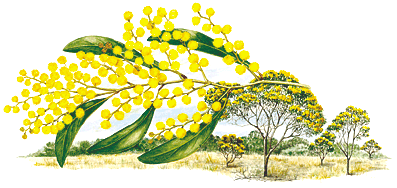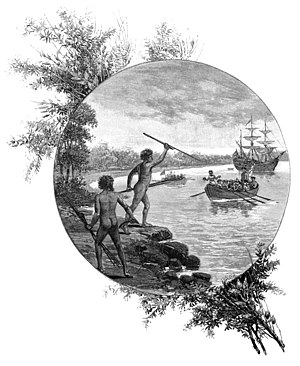 Were architects influenced by blueprints from outer space, developing buildings such the Twin Towers?
Were architects influenced by blueprints from outer space, developing buildings such the Twin Towers?



(added)
Although a hologram is a visual image of a physical object, it is quite different from a photograph. For instance, when an object is photographed, each portion of the photo contains an image of the corresponding portion of the original object. Each section of a hologram, however, contains a complete image of the original object, viewed from a vantage point that corresponds to the section's position on the hologram. Thus, if the transparent plate containing a transmission hologram is broken, each piece will still be able to project the entire image, albeit from a different point of view. Using a piece from near the top of the holographic plate will produce an image as seen from above, while using a piece from near the bottom of the plate will create the impression of looking upward toward the object.
Another interesting property of holograms is that they preserve the optical properties of objects such as lenses. For instance, consider making a hologram of a magnifying glass placed in front of a butterfly. When viewing the holographic image of those objects, an observer will find that the portions of the butterfly seen through the image of the magnifying glass will be enlarged.
Holographic packaging has been shown to increase the sales of certain products. Projectio
Read more: How hologram is made - material, making, history, how to make, used, dimensions, steps, product, machine, History, Raw Materials, Design, The Manufacturing Process http://www.madehow.com/Volume-3/Hologram.html#ixzz107mwEWRm


 I could hardly believe it! After seventy years there are parts of the building of my old school that are still recognizable.The first window along looks out from the kindergarten class I attended when I was just five years old,( I am seventy eight now.) My teacher was a kindly Miss Cropp, who played jingly tunes on the piano and read us from books before we could do it ourselves. My first learning experience was c..a..t spells cat.
I could hardly believe it! After seventy years there are parts of the building of my old school that are still recognizable.The first window along looks out from the kindergarten class I attended when I was just five years old,( I am seventy eight now.) My teacher was a kindly Miss Cropp, who played jingly tunes on the piano and read us from books before we could do it ourselves. My first learning experience was c..a..t spells cat. Woronora Bridge where I caught my first fish (though a sign said "No Fishing Allowed). It was a whiting, I think..
Woronora Bridge where I caught my first fish (though a sign said "No Fishing Allowed). It was a whiting, I think..







+copy.jpg)






















































.jpg)



























 G
G







.jpg)















